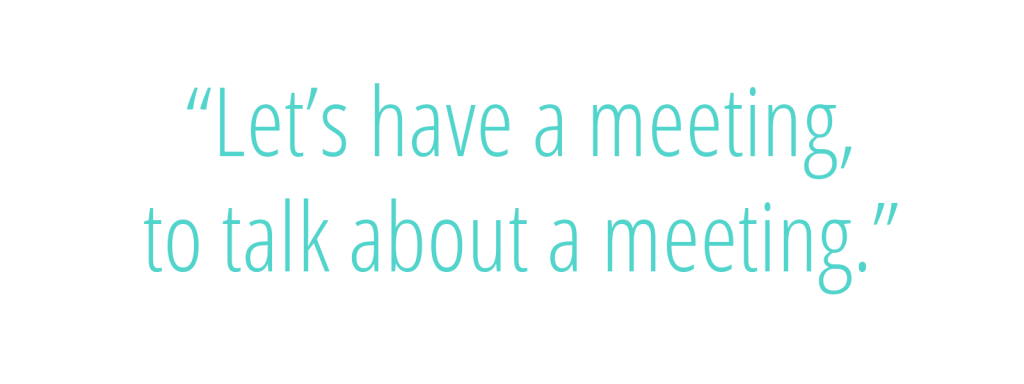8 Meetings Worth Attending

It’s no secret that leaders have differing views on meetings. Some meet far too often, while others don’t believe in meeting at all. Frankly, it’s not about how often you’re meeting, but rather what those meetings are accomplishing. We wanted to see what type of meetings work at successful businesses, so we asked Ernst & […]
7 Steps to The Perfect Meeting Agenda
7 Steps to The Perfect Meeting Agenda According to a study conducted by Verizon Business, meetings are the #1 time waster in the workplace. They are often unorganized, have no purpose and go off-topic. It’s also no mistake that most of these meetings are missing a clear meeting agenda. Meeting objectives give adults a reason […]
Best Tools For Tracking Action Items

At Less Meeting, we’re huge fans of getting things done. There are several action items tools Less Meeting integrates with and others that are useful for outside your meeting todos. Here’s a quick breakdown of the best tools for tracking action items:
The Secrets to Meetings at Successful Companies
Companies that have a strong sense of purpose and great company culture have clearly defined expectations about how daily business should be conducted. Whether it’s a daily status meeting or a powerpoint policy, successful companies make conscious decisions to implement an effective meeting process. Great companies simply don’t have time for poor meetings. Bad meetings hurt […]
Stress Free Meetings by Carthage Buckley
Meetings are often used within business to solve problems. If used effectively, meetings are a fantastic tool for solving problems. If they are not managed effectively, meetings can create more problems than they solve. Poorly managed meetings regularly run over time, fail to stick to the agenda, result in unnecessary disputes and can be a […]
Write a More Effective Meeting Agenda
The key to a great meeting starts with proper preparation and ends with thoughtful follow up. While it sounds like an easy task, why do we still have meetings that run long, go off-topic, and feel unorganized? Most of these problems can be pinned to poor agendas (or worse, no agenda at all!). Here’s our […]

